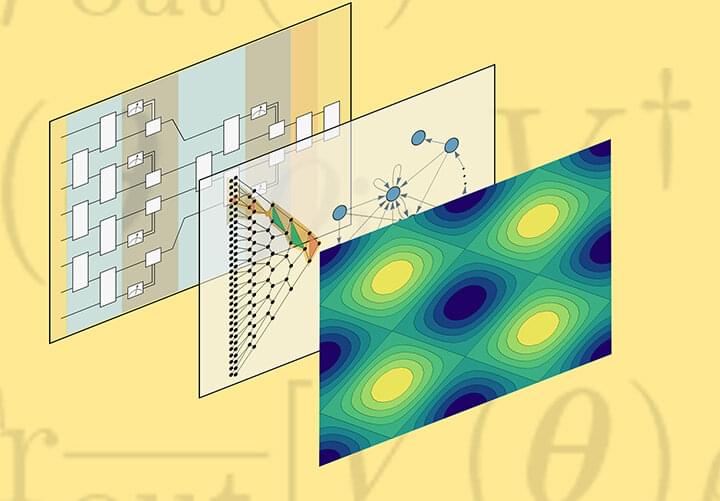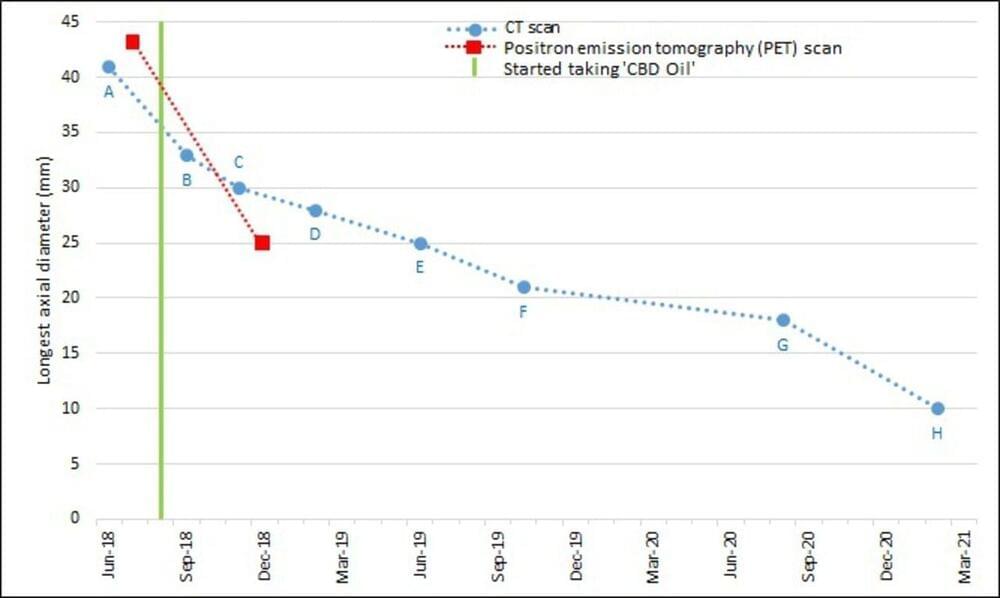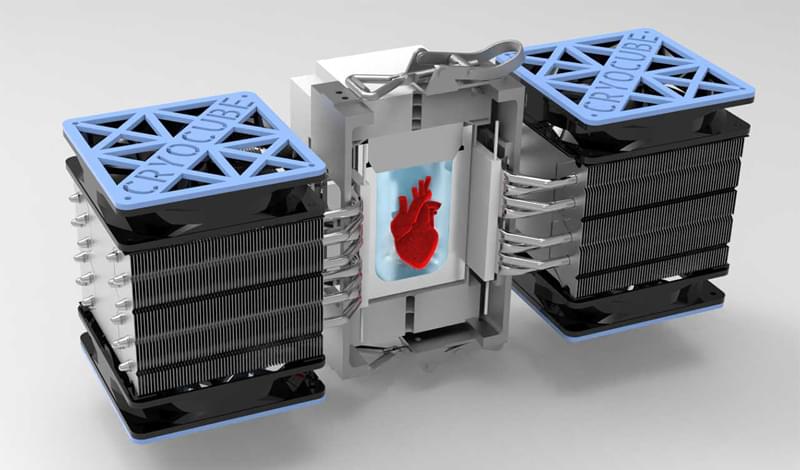Neural Implant Podcast w/ Ladan Jiracek: https://open.spotify.com/show/7qzl8f0yllPaYlBmW9CX3u?si=aXiWglMkR8Wkw8YGLD81nQ
Join this channel to get access to perks:
https://www.youtube.com/channel/UCDukC60SYLlPwdU9CWPGx9Q/join.
Neura Pod is a series covering topics related to Neuralink, Inc. Topics such as brain-machine interfaces, brain injuries, and artificial intelligence will be explored. Host Ryan Tanaka synthesizes informationopinions, and conducts interviews to easily learn about Neuralink and its future.
Most people aren’t aware of what the company does, or how it does it. If you know other people who are curious about what Neuralink is doing, this is a nice summary episode to share. Tesla, SpaceX, and the Boring Company are going to have to get used to their newest sibling. Neuralink is going to change how humans think, act, learn, and share information.
Neura Pod:
- Twitter: https://twitter.com/NeuraPod.
- Patreon: https://www.patreon.com/neurapod.
- Medium: https://neurapod.medium.com/
- Spotify: https://open.spotify.com/show/2hqdVrReOGD6SZQ4uKuz7c.
- Instagram: https://www.instagram.com/NeuraPodcast.
- Facebook: https://www.facebook.com/NeuraPod.
- Tiktok: https://www.tiktok.com/@neurapod.
Opinions are my own. Neura Pod receives no compensation from Neuralink and has no formal affiliations with the company. I own Tesla stock and/or derivatives.






